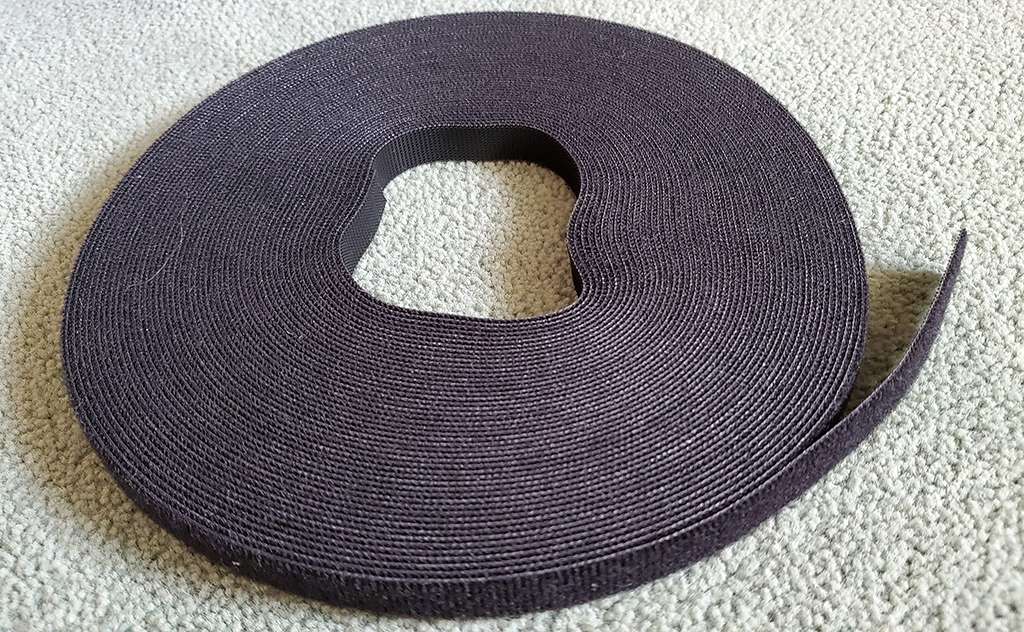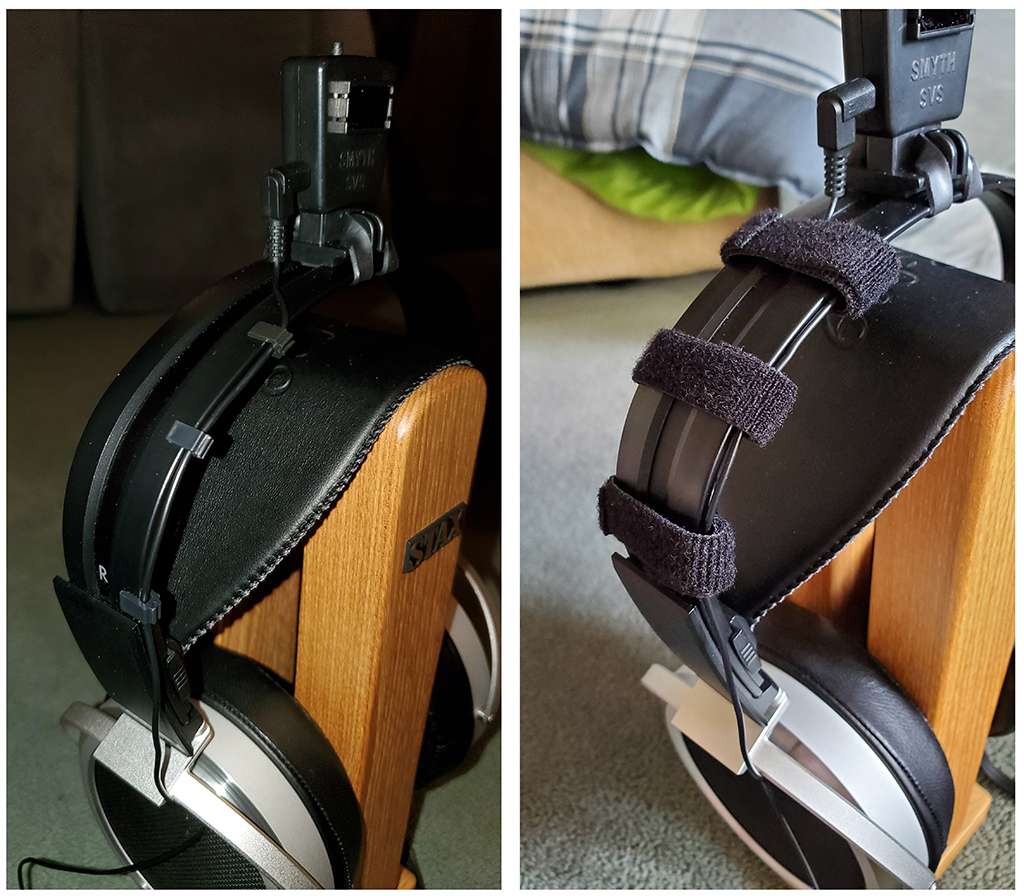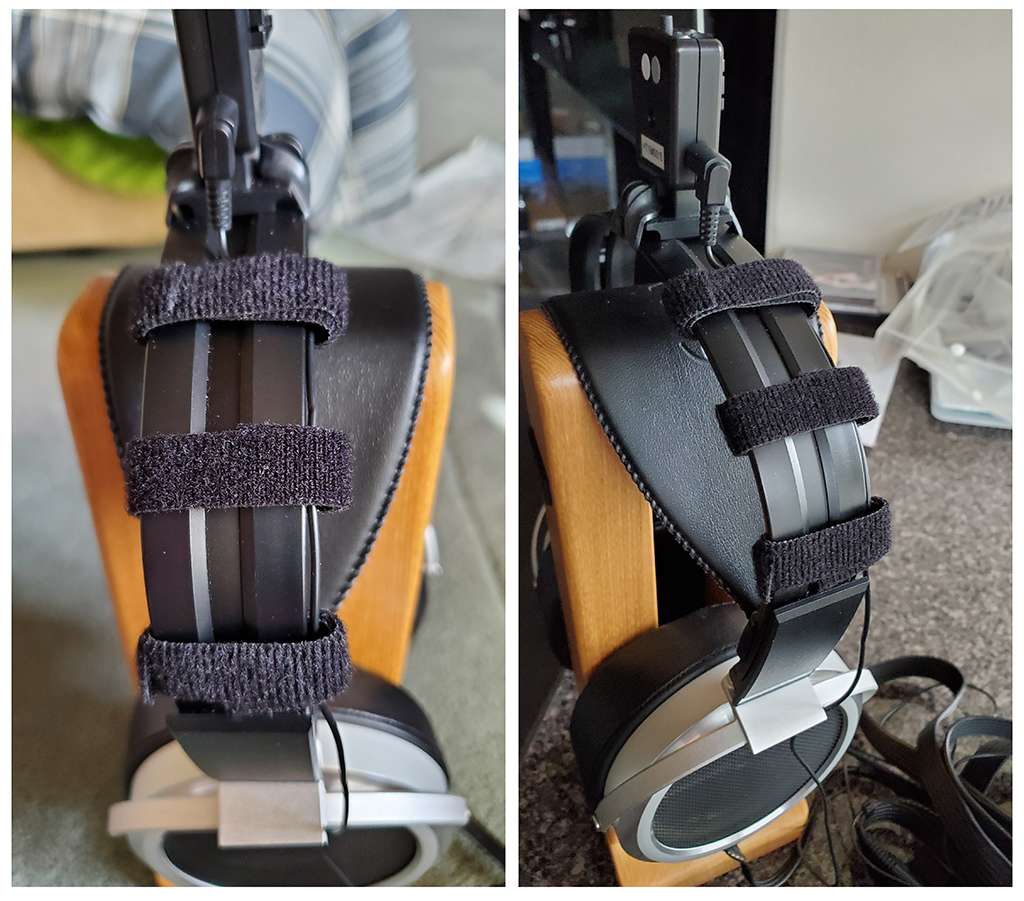This is the base of my problem. It shows after right click on the speaker signal "loudspeaker setup" (I am translating from German, the original is (Lautsprechereinrichtung 7.1) If I try to switch to "Dolby Atmos for Home Theater" it will not stick.
If I use the Dolby access app it tells me that setup is not completed. It opens the settings, if I choose there Dolby Atmos it will say failure setting up 3D Sound (again the German is Raumklang).
It also worked for me on day one, but now no more.
How do I deinstall NVIDIA High Definition driver and replace it with the Microsoft generic one?
I need to power up A16 and make sure profiles are active before starting my computer to make dolby atmos selectable to hdmi output. If I start my computer first and then A16, I cannot for some reason make that selection.


















